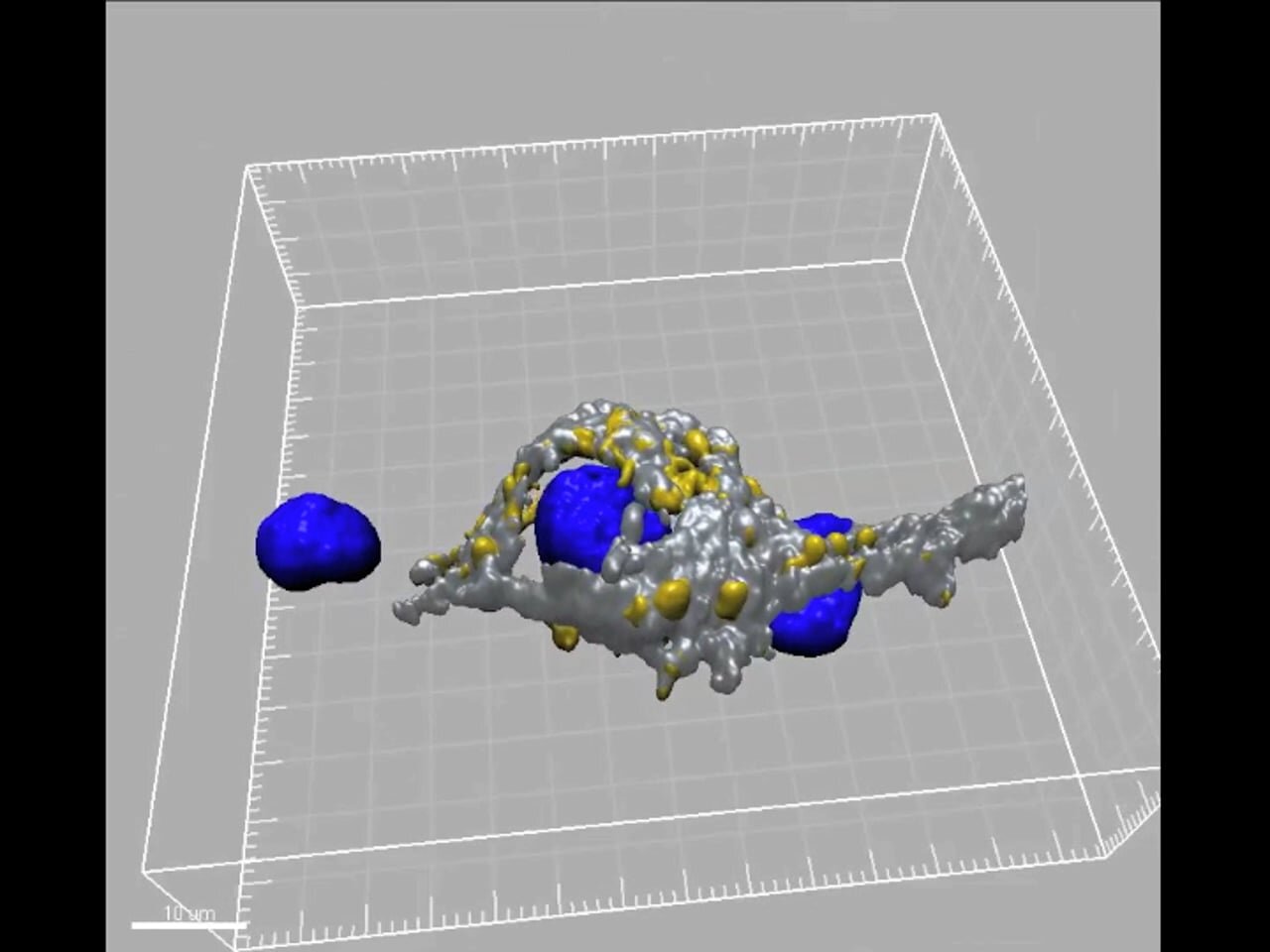Answer: The calyx of Held in the auditory system is the largest synapse in the brain.
The calyx itself is a glutamatergic synapse. The calyx of Held is mostly a single synaptic connection: one neuron from the AVCN forms only one calyx with one principle neuron in the MNTB. The calyx is estimated to cover somewhere between 25 and 50% of the postsynaptic site. The calyx of Held is capable of transmitting signals as quickly as 1,000 action potentials a second. This rapid neurotransmission is important for the process of sound localization, the identification of where a sound is coming from.
The eighth cranial nerve (CN VIII), or the vestibulocochlear nerve, is responsible for carrying auditory information from the cochlea into the central nervous system. The primary neurons have their cell bodies in the spiral ganglion, and send their projections into the anteroventral cochlear nucleus (AVCN) at the level of the brain stem. From the AVCN, these neurons then send axonal projections into the medial nucleus of the trapezoidal body (MNTB). The connection between the AVCN and the MNTB is where the calyx of Held is found.
It is named because it resembles the sepals of a flower, which is called the calyx in botany. It was first characterized by Hans Held, who described the structure in a 1893 publication. Held agreed with Camillo Golgi's reticular theory of nervous system organization, thinking that all the nerve cells in the brain were physically connected. They were eventually proven wrong by the development of electron microscopy imaging.
